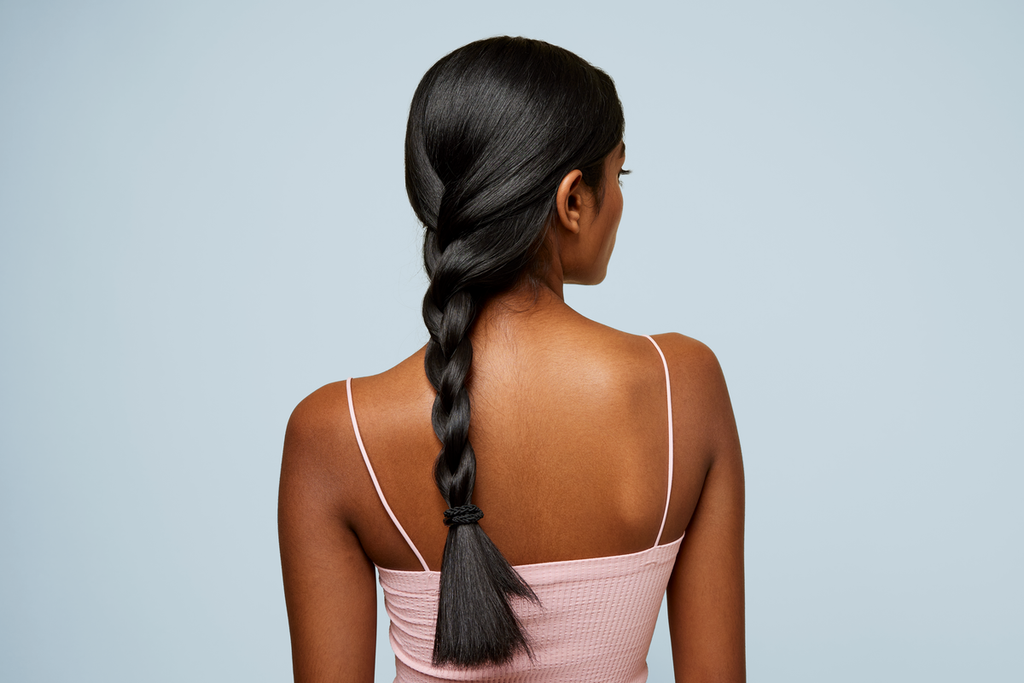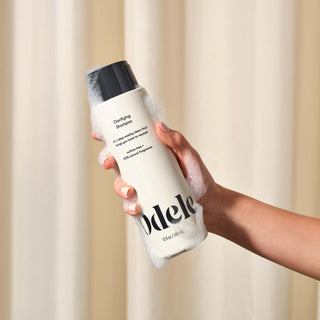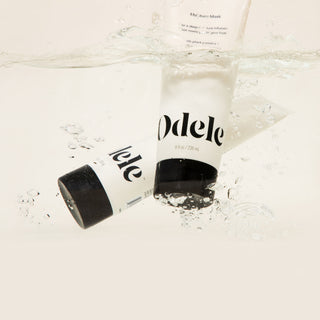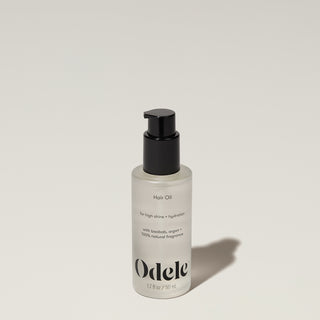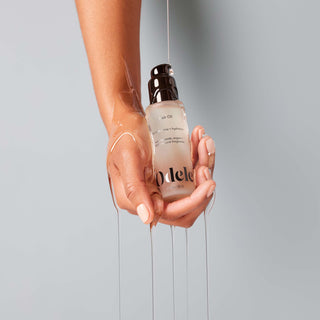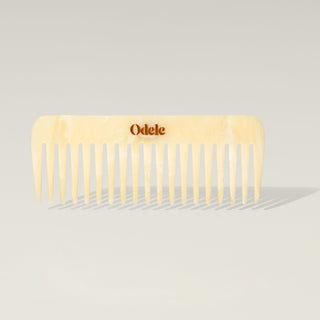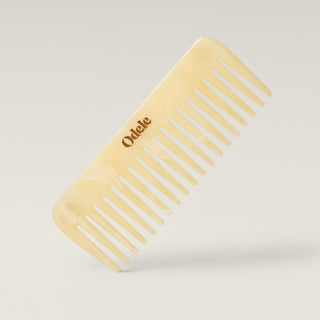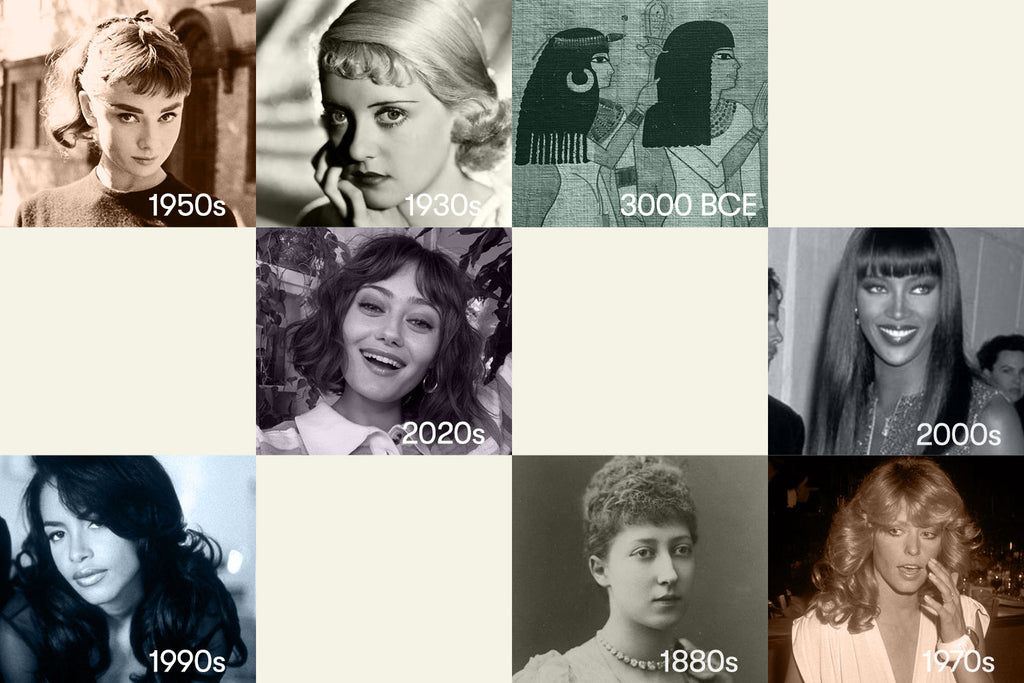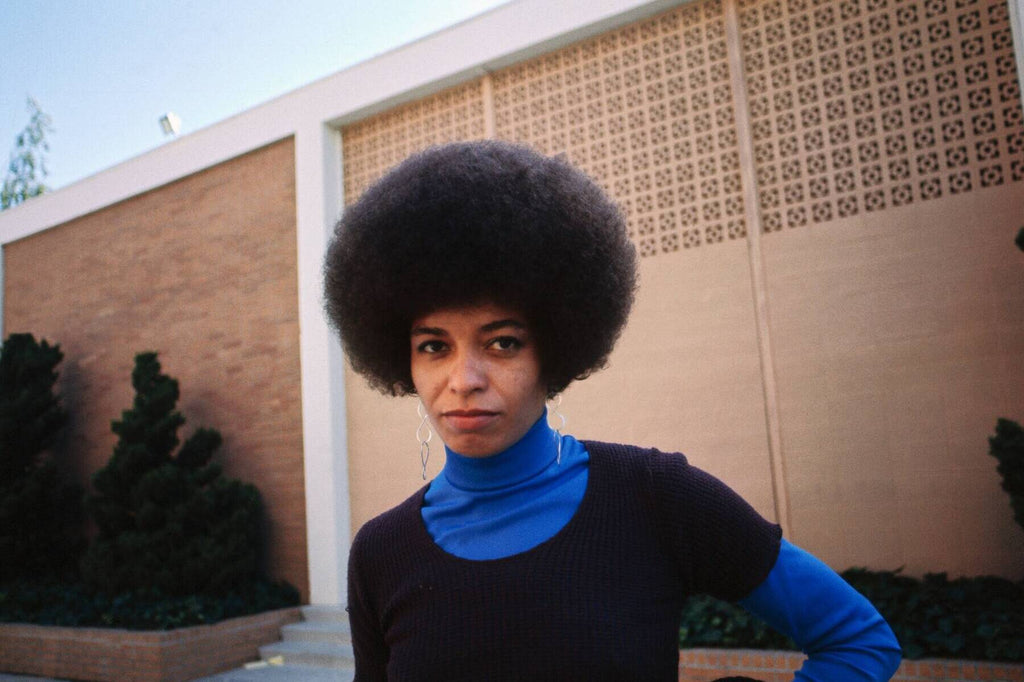Braids are everywhere—they’ve been gracing heads around the world for thousands of years. But have you ever wondered where they came from? From the classic three-strand braid to the more complex fishtail, the history of hair braiding is as diverse as the styles themselves. Here’s a quick history lesson on the origins and evolution of this universal styling technique.
Early origins of braids
Hair braiding has roots in ancient Africa. Many experts believe cornrows are the oldest braiding style. In the 1950s, a French ethnologist and his team discovered a rock painting of a woman with cornrows in the Sahara desert. The painting dated back to 3500 BCE (about 5,000 years ago), the earliest known depiction of braids.
Back in ancient times, braids were about more than aesthetics—they also held important cultural and social significance. In Africa, for example, the intricate patterns woven into a person’s hair often communicated their role within the community: different styles were used to identify age, tribe, marital status and even social rank. Braiding was (and still is) a social art—creating such detailed looks took hours, so that time was dedicated to bonding with family and friends.
The history of hair braiding across cultures
Ancient Egyptian braids
Fast forward from 3500 BCE to 3100 BCE, when the ancient Egyptians ruled. They were known for their fancy, intricate braids, which were an important part of cultural identity. Braids were about more than looking good: the ancient Egyptians believed that braiding hair could ward off evil spirits and bring good luck. Upper-class men and women would wear elaborate braided styles bedazzled with beads, jewels and gold thread. And of course, we can’t talk about ancient Egyptian braids without mentioning Cleopatra—the queen of the Nile was renowned for her stunning braided hairstyles, setting trends that lasted for centuries.
Ancient Greek braids
In ancient Greece, hair braiding was not only a symbol of beauty but also a reflection of social status and occupation. Women of different classes wore distinct braided styles, with intricate updos reserved for aristocrats and simpler braids for the working class. Styles were inspired by the ethereal beauty of Greek goddesses like Athena and Hera.
Indigenous American braids
Braiding was and still is an important cultural tradition among many Indigenous American tribes. While each tribe has its own relationship to braids, many see braiding as a spiritual act, with the three strands representing the body, mind and spirit.
Medieval European braids
In the late Middle Ages, long, flowing locks were seen as immodest, and women were expected to keep their hair tucked away. Wearing hair loose was such a no-no that if an older woman walked around without her head covered, she risked being accused as a witch (!). As a result, braid styles like the crown braid, fishtail braid and double-braided bun were popular but typically covered with headpieces.
African American braids
Cornrows, with their deep cultural roots in Africa, played an important role during the transatlantic slave trade. Enslaved people used cornrows to create secret messages and maps, with specific patterns representing escape routes or safe houses along the Underground Railroad. The tightly woven braids also held objects like small tools or seeds they could use after their escape. Braids also became a practical style: without time or products, it was a way to keep hair manageable while working under harsh conditions.
Braids fell out of style after the Emancipation, with plaits and cornrows being swapped for straightened styles that fit the mold of European beauty standards. It wasn’t until the Black Power movement of the '60s and '70s that braids became popular again, with many Black Americans reembracing their natural hairstyles and African heritage.
Modern-day braid trends
Thanks to the popularity of social media and YouTube tutorials, braid styles continue to evolve as people experiment with new (and revisit old!) techniques. Box braids became popular in the ‘90s and have been reigning supreme since. Goddess braids, crochet braids and twists are also in rotation. And of course, classics like the cornrow, crown braid, French braid and braided bun are forever staples.

